Disclosing inventions
The Technology Transfer Center is responsible for coordinating the protection and commercialization of intellecual property at the university. If You, as a researcher have created an invention or innovation that could be patented and/or has the potential to be brought to the market, please, contact the university TTO before publishing the research results.
The first step towards intellectual property protection is filling out an Invention Disclosure Form (IDX) form. Its main purpose is providing the necessary information for the TTO to evaluate the business potential of the invention. The process includes the consideration of intellectual property protection options and explores market options. The university makes the final decision about accepting the intellectual property based on the presentation.
The university may also decide not to use the intellectual property and the related rights, in this case the inventor is offered to have the intellectual property rights transferred.
When is it advised for you to get in touch with TTO?
Protection and successful commercialization of intellectual property is often a matter of quick and effective administration. Hence it is recommended to disclose all potentially available intellectual products immediately after their recognition.
The protection and application of intellectual property is threatened by early publication. In order to exploit the potential advantages it is worthwile to identify and measure the possible consequences of publication regarding intellectual property protection in the early stages of research and development. It is highly recommended to contact the Technology Transfer Center if you are uncertain about the patentability or business potentials of your research result before publishing it.
The university and the TTO have no intention of delaying your publication. The TTO makes all efforts to support your publication plans. However it is important to know that all information regarding the invention that is revealed before the patent application can impede protection and business utilization of the innovation.
What shall be handed in and how?
A description of the invention shall be presented in writing by filling in the Invention Disclosure form (IDX). During filling in the form it is worth to introduce all research activities and results thoroughly that is linked to the intellectual property. This is the basic condition of the evaluation made by TTO. We advise that a statement is made about certain information at this point of the reserach. Such points are the intellectual contribution rate of inventors, other relevant circumstances of the creation of the intellectual property, such as industrial cooperation related to the research.
The intellectual property has to be introduced in detail so that the novelty, inventive step and applicability are all definitely and clearly visible for the expert of the given field. This is of crucial importance as the university makes its decision whether they invest in the future utilization of the invention based on these pieces of information.
Dangers of early publication
Publishing research results regularly is of high priority in terms of academic career and acknowledgement. At the same time publication lacking due caution/foresight may be a threat to intellectual property protection such as granting patent protection.
Patent law is clear in this matter: inventions published before filing a patent application are not considered to be new therefore cannot be patented. Publication stops commercialization as a know-how (trade secret) as well.
In case You are planning to commercialize your research results on the market as an inventor, please, avoid taking the following steps before first contacting Technology Transfer Center:
- Any form of publication (abstract, scientific article, etc )
- Presenting a lecture or a poster at a public event. (An event is considered public when theoretically persons who are neither employees of the university nor are subject to written obligation of official confidentiality may attend the meeting. In terms of publication it is irrelevant who and with what participation rates have attended the programme.
- Online presentation of the innovation (websites, blogs, newsletters, etc.)
- Disclosing the innovation to a person who is not the employee of the university.
- Consultation with external partners prior to the signing of the confidentiality agreement (the TTO is providing support in preparation of the confidentiality agreement)
- Transferring scientific research material prior to signing Material Transfer Agreement (Agreement prepared by TTO)
- Research Tender related project-plans, technical reports that are public
- Publication and/or public defense of student thesises, TDK dissertation (TDK stands for Tudományos Diákkör in Hungarian, referred to Scinetific Students’ Associations in English), PhD thesises ( under certain circumstances classification of thesises and their defense is possible in which the TTO can provide support)
- Presentation at lectures or seminars.
At the same time not all activities are considered as publication.
The following do not threaten intellectual property protection:
- Institution or department meetings where only university employees are present.
- Confidential dispatch of the manuscript for review (publishers treat manuscripts confidentially prior to accepting the article)
- During certain phases of tendering process (eg. until the support decision is made) the submitted technical material is treated as confidential by the designated organizations (although this may vary depending on the tender, hence it is worth asking for advice from TTO prior to submission )
Applying the following two types of agreements is advised to be reconsidered
Confidentiality agreement (CDA, NDA): In confidentiality agreement parties agree not to release business secrets or confidential information of the other party. For the sake of proper protection of innovative result produced at the university a confidentiality agreement with authorized signatures can be a useful tool for protecting confidential information prior to any agreement with a third party. Confidentiality agreement from the university’s part is prepared by the TTO.
Material transfer agreement (MTA): Material Transfer Agreement disposes transferring research materials between institutions. Conditions set in the MTA defines rules for the recipient regarding the material and its use, including conditions of research results publication. The imparter is provided with proper protection against inappropriate or irresponsible usage of the material. The TTO associates provide support in preparing Material Transfer Agreements.
Updated: 2020.01.13.


